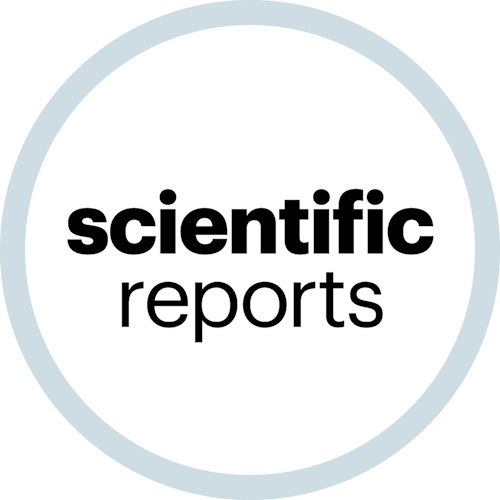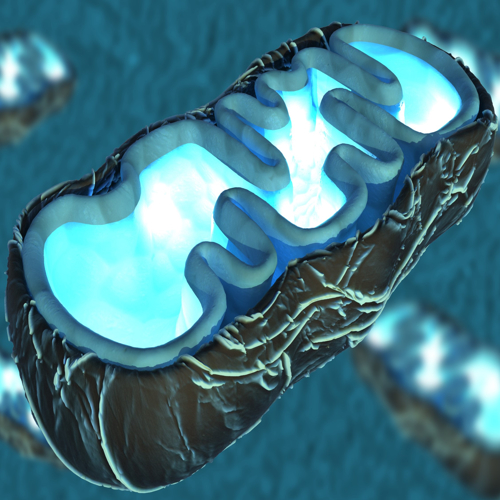Key points from article :
A new study details how cells can have their damaged mitochondria destroyed and replaced with healthy ones.
To destroy the existing mitochondrial DNA (mtDNA) in human fibroblasts, the team engineered a plasmid with XbaIR, an endonuclease that can digest mtDNA.
70% of the mtDNA of the treated cells was from the new mitochondria.
Taking cells from a baby with mitochondrially caused Leigh syndrome, they performed the same experiment.
Cells exhibited significantly more uniform, healthy mtDNA than their untreated counterparts.
Mutation rate, which was 90% in the untreated cells, dropped to 25% in the treated cells.
After 30 cell divisions, cells had considerably healthier phenotypes.
Shows a link between caloric restriction, deregulated nutrient sensing, and mitochondrial dysfunction.
May one day be an effective treatment or even an outright cure for mitochondrial dysfunction, one of the hallmarks of aging.
Study by Kyoto Prefectural University of Medicine published in Scientific Reports.





